
Michael Stanwick
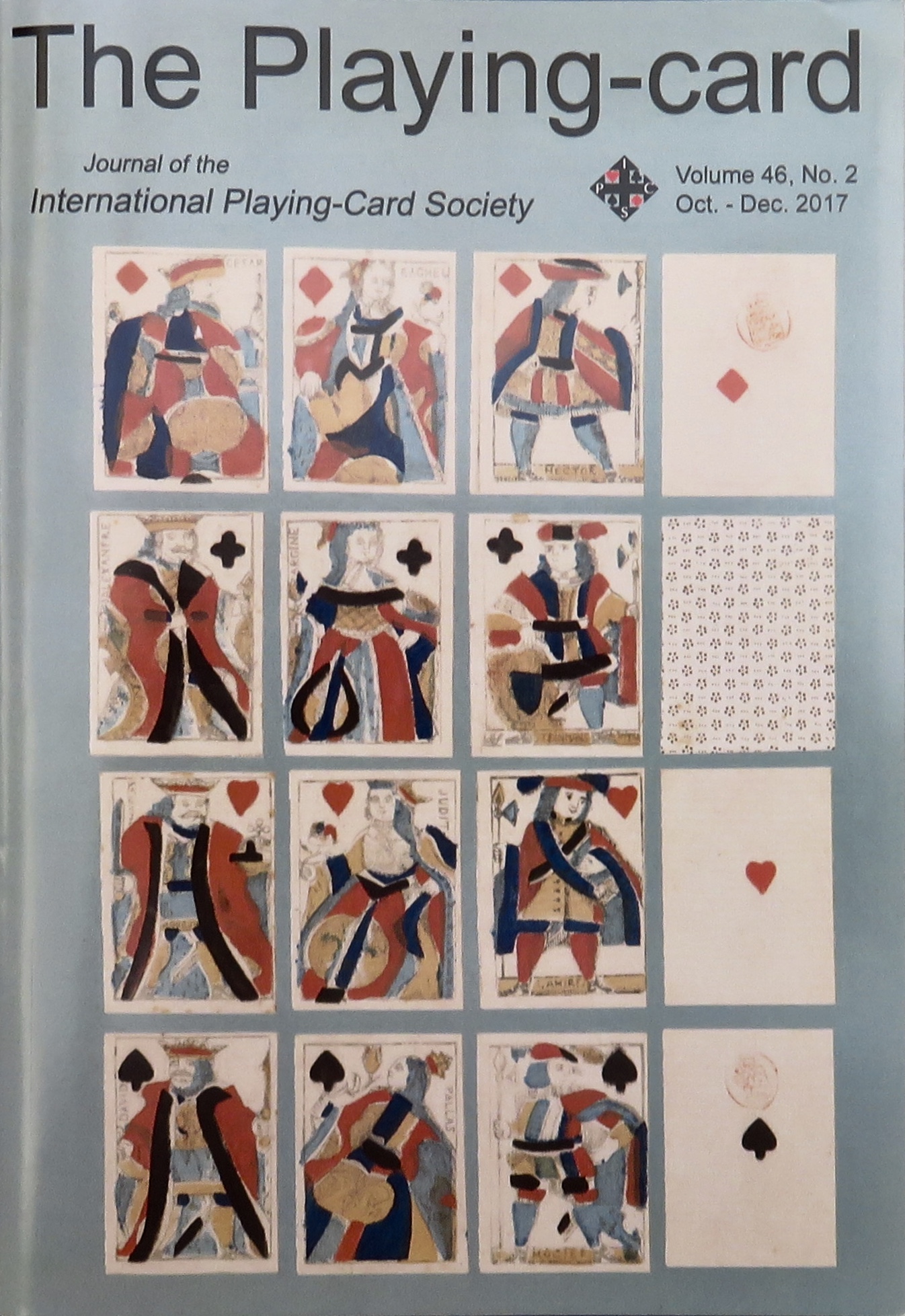
Instead of the more common motifs used for the groups and suits in (麻将 má jiàng) Mahjong tile sets, there were also various alternative or uncommon motifs that were used, particularly for the ‘Winds’ group that consisted of the four Directions and three so-called ‘Dragons’.
By examining research conducted by Takashi Ebashi of the late Japanese Mahjong Museum at Chiba, Japan, it is possible to put forward a hypothesis that seeks to explain the origin of a particular style of tile set that has these alternative or uncommon motifs. This examination yields the proposition that this type of tile set Pattern originated from a particular province in China.
The Museum of Mahjong and Tea Culture in Chengdu, China, also has an example of this tile set Pattern.
See http://www.china.org.cn/english/culture/241849.htm
An example of the phenomenon of alternative motif use is featured in Figure 1. This is an example of the ‘Imperial Government Officials’ Pattern. Thus, instead of the usual Directions or Winds you can see quite clearly that there are tiles with framed, medium sized sinograms as motifs for ‘Four Equivalent Imperial Ranks’, and instead of the usual Dragons there are the framed sinograms for Phoenix and Dragon as motifs for the Empress and Emperor. Also, instead of the usual 萬/万 wàn or myriads sinogram we have the one for 品 pǐn, in this instance perhaps a motif for the Nine Ranks of Imperial Civil Service Officials.
Apart from the alternative motifs, the set in Figure 1 also shares features with the Shanghai Wilkinson/Laufer Pattern (see Stanwick, 2004) and these are seen in the simple Cash/ ‘Circles’ motifs and the pointed Strings (of Cash)/ ‘Bamboos’ motifs. Particularly noticeable is the curious motif on the # 1 String (of Cash)/ ‘Bamboo’. The available evidence would suggest that this is a stylized remnant of the representation of a single string of cash. The string of coins can be seen as the body with the head being the toggle through which the strings are threaded, four of which are left loose down the sides. Another interpretation proposed by researchers at the late Japanese Mahjong Museum is that it represents a Mayfly. These interpretations aside, a beak appears to have been added, thus rendering it as an abstract motif of a bird.
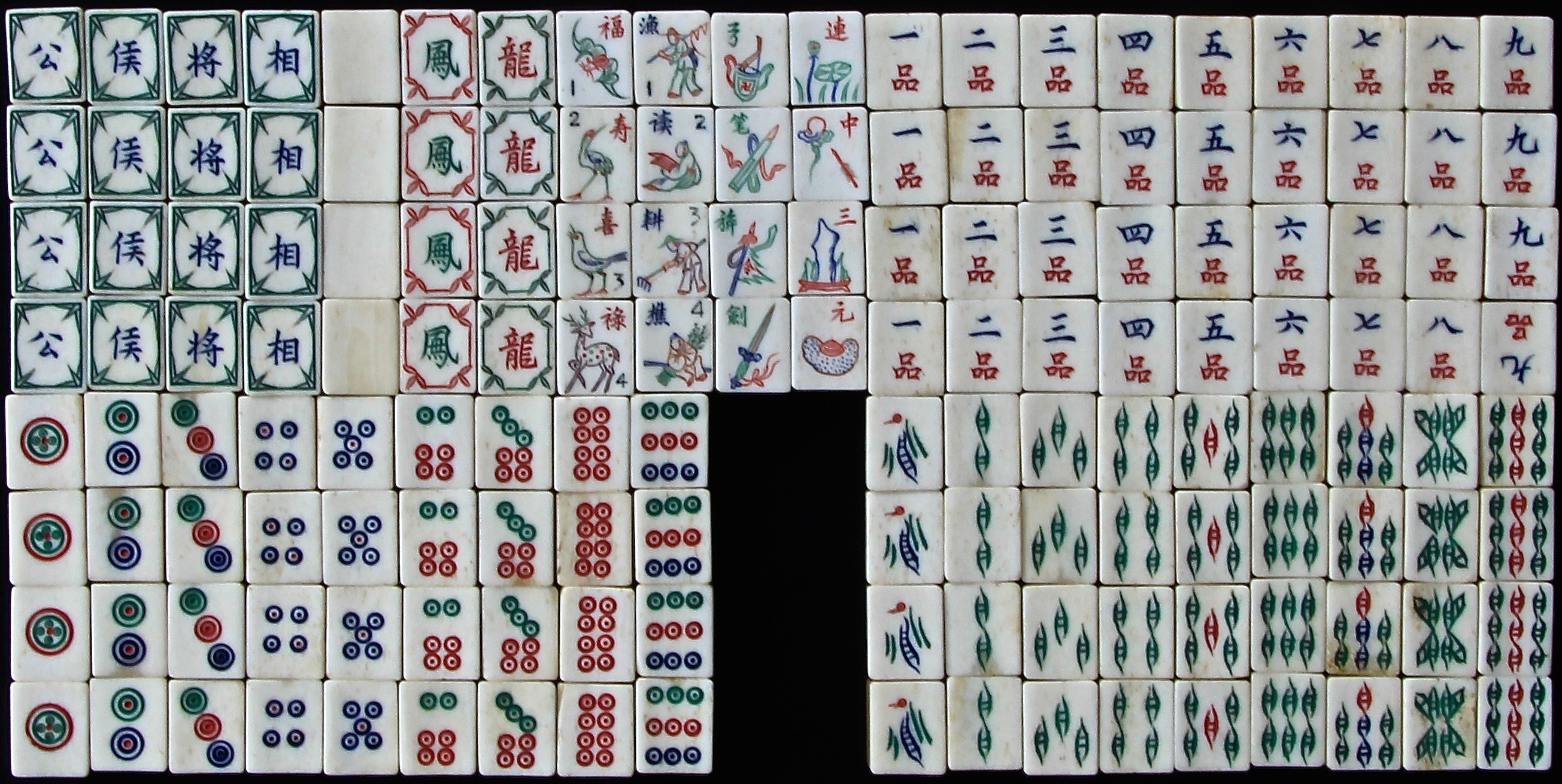 Figure 1. ‘Imperial Government Officials’ tile set (Courtesy of a private collector).
Figure 1. ‘Imperial Government Officials’ tile set (Courtesy of a private collector).
The 品 pǐn motif and indeed the type of tile set Pattern shown by Figure 1 was also highlighted by Takeshi Ebashi, a key researcher and collector for the late Japanese Mahjong Museum. Although the Museum has now closed, their published materials are still available and provide a good deal of information regarding research carried out by their key researchers. Thus we have two lavishly illustrated books as well as bulletins and occasional Guides to the Museum.
There is also correspondence between myself, Takashi Ebashi and Thierry Depaulis. The result of this correspondence was a serialised article by Ebashi (2005) that appeared in three consecutive issues of the Japanese Mahjong Museum Bulletin. This article incorporated my research as well as that of Thierry Depaulis and Takashi Ebashi. His article in the bulletins is entirely in Japanese and he kindly supply me with a copy in English.
In his article he makes reference to the 品 pǐn motif in relation to two ‘Imperial Government Officials’ sets discovered and belonging to another key researcher and founder of the Museum, the late Kyoichiro Noguchi, also founder of the publishing company Take Shobo Co., Ltd. Both sets are identified by the Museum as ‘Court Mahjong Tiles’ or ‘Noguchi’ tiles. One set appears in the Museum’s 1999 softcover ‘Mah-Jongg Museum Big Encyclopedia’ (Pgs. 22–23) and the other in the Museum’s 2005 hardcover ‘History and Culture of Mahjong’ (Pgs. 30–31). These sets have a majority of motifs that are nearly identical to the ‘Imperial Government Officials’ set in Figure 1.
Importantly, Ebashi notes that tile sets with the 品 pǐn sinogram are still used in “Fuchien [Fujian] Province and in Southeast Asia, especially Vietnam, where many Fuchien [Fujian] people live as migrated Chinese merchants.” He also observed that he found this motif in tile sets he procured in Thailand and he was told by a salesperson that there was a demand for these Vietnamese tiles in Thailand (the manufacturing center for these modern tile sets was Hong Kong).
In Figure 1 and in the two ‘Noguchi’ sets the 品 pǐn sinogram is accompanied by framed sinograms in the Winds group (the four Directions and the three ‘Dragons’). Perhaps this ‘Imperial Government Officials’ Pattern has a Fujian Province connection?
According to Ebashi, evidence for a Fujian connection can be found in the revised edition of ‘Mahjong Information in Detail’, 1931, by Shigeki Haibara. On the cover of this book are tiles from a Mahjong set Haibara procured in Beijing in 1928. Based on these tiles Ebashi noted that this set featured a tile Pattern similar to the Imperial Government Officials tile set (Figure 1), but in this case it had tiles with alternative sinograms that were very large and deeply engraved. Thus, instead of the Directions/Winds there are: 江 jiāng river, 村 cūn village, 斜 xié slanting, and 影 yǐng shadow. In place of the ‘Dragons’ red zhōng and green fā there are 晚 wǎn evening and 涼 liáng cool, respectively. For the wàn 萬/万 or myriads suit the sinogram 品 pǐn was used. The Flowers with pictures are 棋 qí chess, 僧 sēng monk, 待 dāi stay, 月yuè moon. There is no information whether these tiles had frames.
On the inside of the tile set’s case box lid is an inscription which reads甲 jiǎ, 子 zǐ, 歲 suì, 置 zhì, 於 yú, 福 Fú, 州 zhōu, literally “jiǎ zǐ year place in Fuzhou”. According to Ebashi, Haibara considered these tiles to have been manufactured in Fuzhou in the year of 1864. However jiǎ zǐ is also the year 1924. When Ebashi compared this set with other similarly patterned sets in the Mahjong Museum collection, such as the 1925 ‘Beijing Remedial Conference’ tile set and the 1920s–1930s ‘Playing Dragon Larking Phoenix’ set belonging to the Chinese opera star Mei Lan Fang, he concluded that the year of manufacture was probably 1924, in Fuzhou, Fujian Province. These two sets are featured in the 1999 softcover book ‘Mah-Jongg Museum Big Encyclopedia’ and also in the more accessible 2005 hardcover book ‘History and Culture of Mahjong’, pages 32–33 and 34–35, respectively.
These pieces of evidence suggest that there were at least two Patterns being manufactured in Fujian Province. One, the ‘Imperial Government Officials’ Pattern (Figure 1) and two, the ‘Haibara’ Pattern (Figure 2).
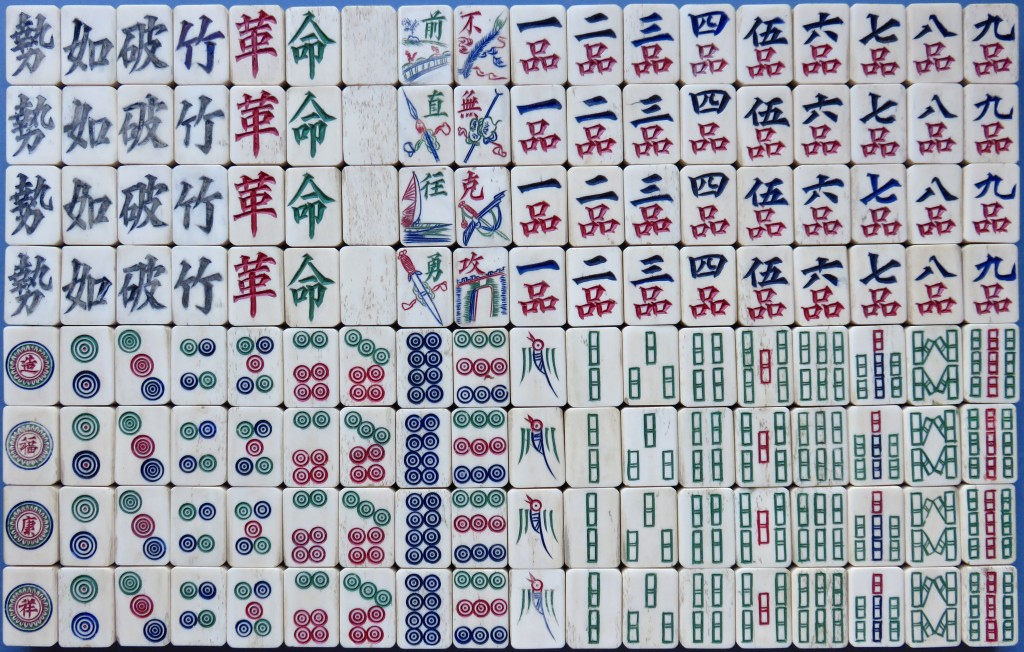 Figure 2. Tile Set featuring the ‘Haibara’ Pattern. From the author’s collection.
Figure 2. Tile Set featuring the ‘Haibara’ Pattern. From the author’s collection.Figure 2 is a standard example of the ‘Haibara’ Pattern. It has relatively very large tiles. The alternative motifs (see Figure 3) are the very large, black, sinograms instead of the sinograms for the Directions/Winds, as well as two very large, red and green sinograms instead of the usual red and green sinograms for the ‘Dragons’ (Figure 3).
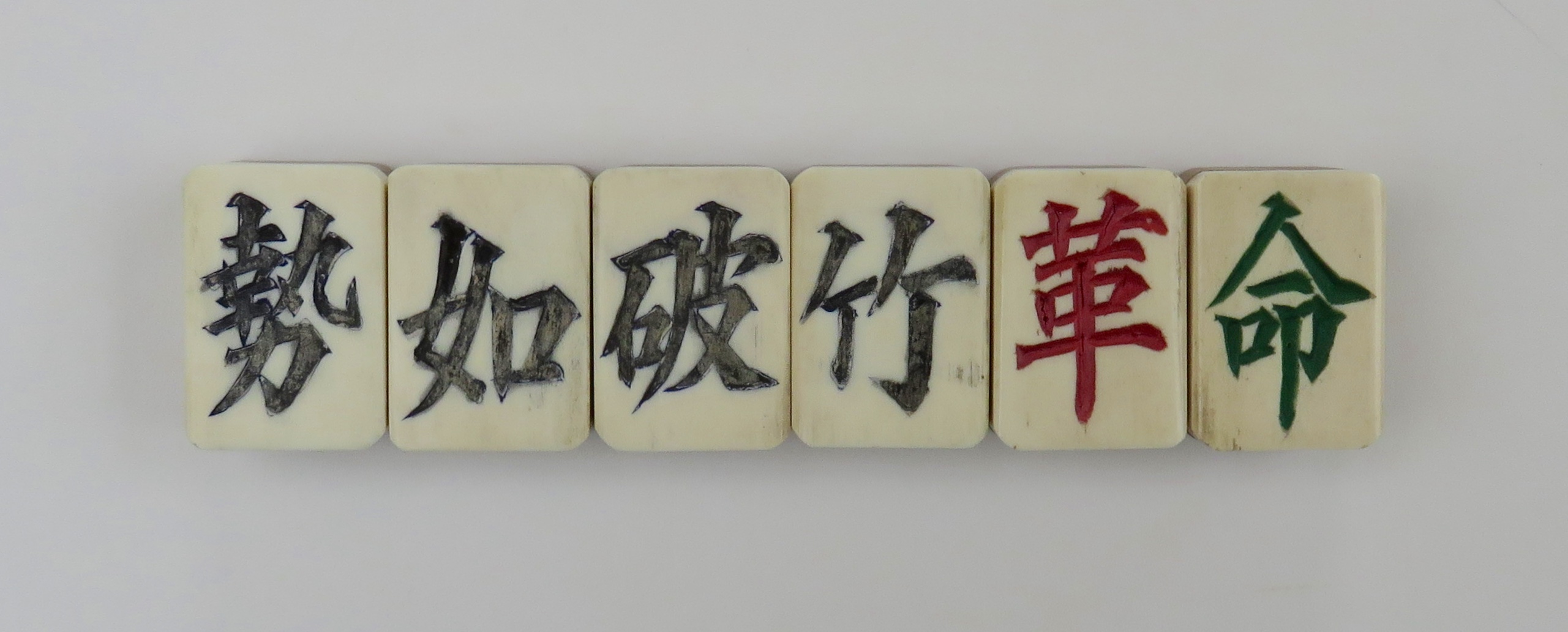 Figure 3. Alternative motifs for the ‘Directions/Winds and the ‘red and green ‘Dragons’.
Figure 3. Alternative motifs for the ‘Directions/Winds and the ‘red and green ‘Dragons’.The large black sinograms are 勢如破竹, shì rú pò zhú, “like splitting bamboo” or “with irresistible force”. The large red and green sinograms are 革命, gé mìng, “revolution”. When understood with the inclusion of the two ‘Dragons’ replacements, a more concise term for the black sinograms would be “sweeping”. Combined, these two phrases give the sentiment of a “sweeping revolution.”
In Figure 4 below, the four green Flowers on the top row (from right to left) are: 勇往直前 yǒng wǎng zhí qián, to “advance bravely”, and on the four red Flowers we have (from right to left) 攻無不克 gōng wú bú kè, “ever victorious”.
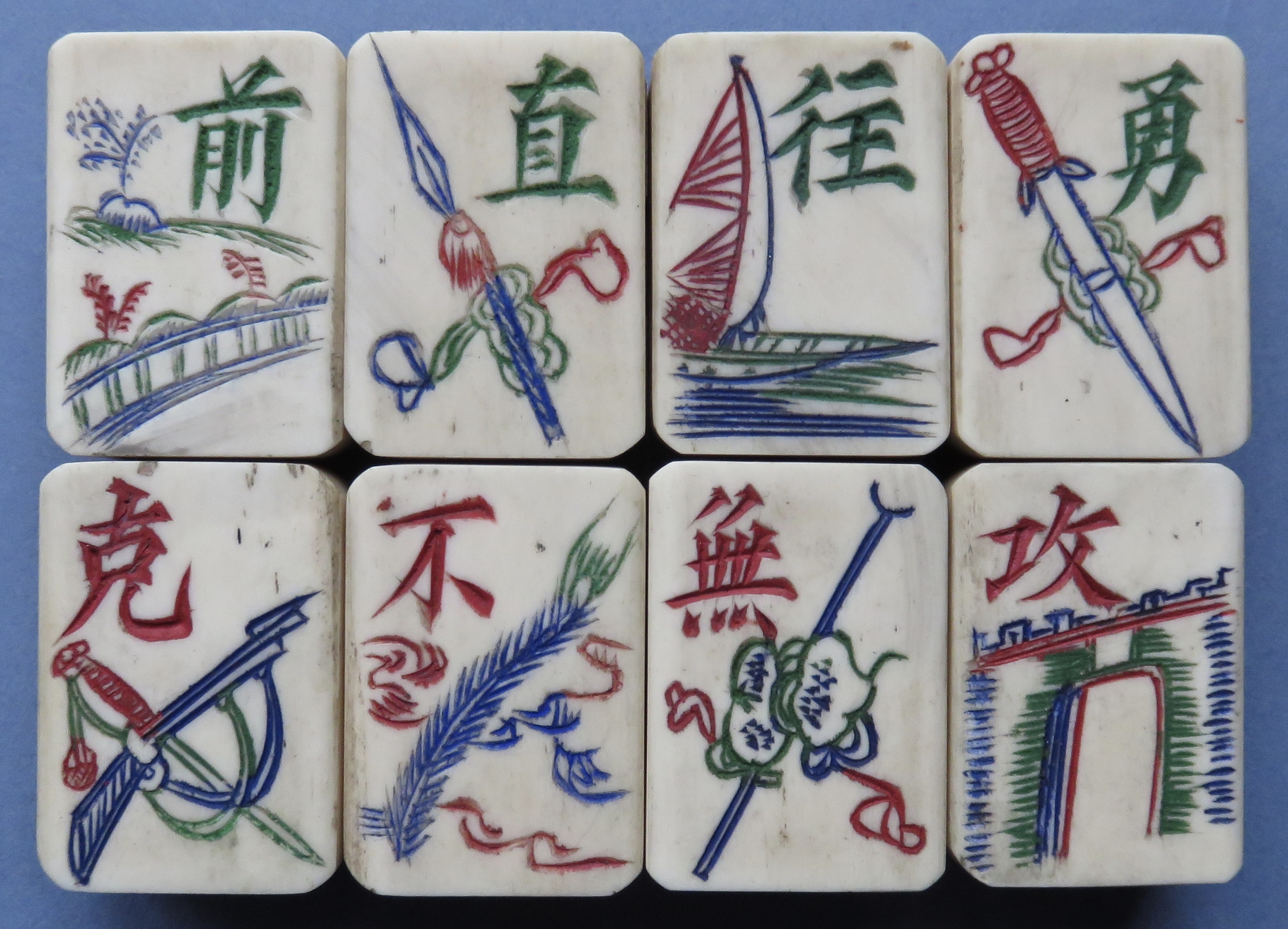 Figure 4. Green ‘Flowers (top) and red ‘Flowers’ (bottom). Read from right to left.
Figure 4. Green ‘Flowers (top) and red ‘Flowers’ (bottom). Read from right to left.This is consistent with the previous message and so the four statements are perhaps a commemorative reference to the Chinese revolution of 1911–12 that swept away the Qing Dynasty.
The next conspicuous motif is the 品 pǐn sinogram. Although this is featured it the ‘Imperial Government Officials’ Pattern (see Figure 1), we saw with the Haibara tiles that the overriding difference is found in the style of the engraving. This is a hallmark of this particular type of Pattern, in which the alternative motifs are engraved using overly large, deep and robust strokes, thus giving the painted sinograms a striking appearance that dominates the set. In the absence of any Imperial context and the ending of civil service exams in 1905, it would be difficult to assign any direct Imperial civil service connotation to this suit motif. Perhaps it was a metaphor for stable government through its allusion to the old civil service grades or a decorative alternative to the ‘wan suit’, or perhaps its use was a convention, that is, it is part of a group of particular motifs that were used to produce this unique Pattern design. These musings aside, apart from the style of the engravings and the 品 pǐn sinogram discussed above, we can see in Figure 2 other conventional motifs for this Pattern.
Thus the #1 ‘Bamboo’ has a very stylized bird motif that is a noted feature of this Pattern1. It consists of four green vertical lines for wings, a small red circle with two lines for a head and beak and a simplified blue body with horizontal lines. It is similar to the ‘String of Cash’ motif found in Figure 1 and in the Wilkinson/Laufer Pattern and in Figure 1, suggesting that some simplification and symmetry was applied to that motif, or one like it, to arrive at the style found in Figure 2. Figure 5 illustrates the variation of this motif, as well as the relative size of the tiles.
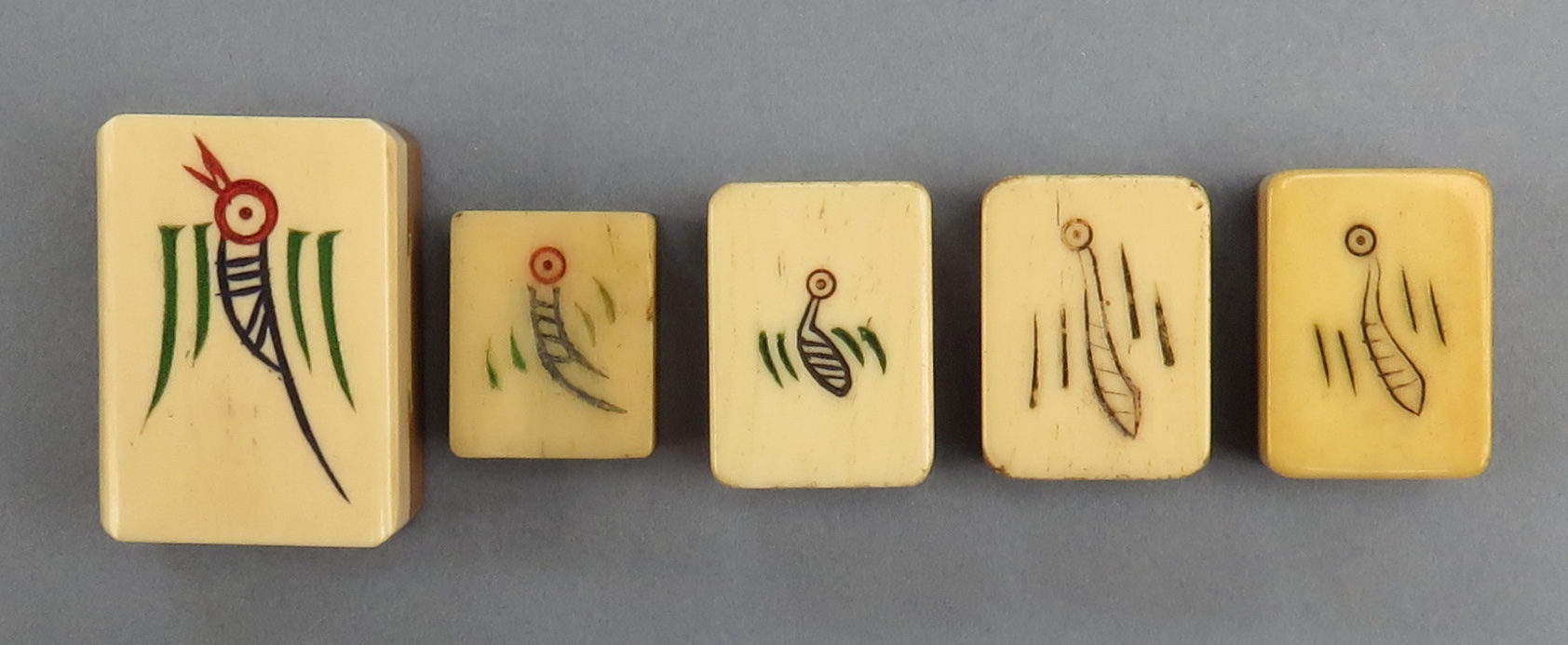 Figure 5. Variations of the String of Cash motif and its appearance as a bird.
Figure 5. Variations of the String of Cash motif and its appearance as a bird.Another conventional motif of this Pattern are the large sinograms in the center of each of the #1 Circle tiles. In this instance, from top to bottom: 造 zào (build, create, manufacture etc), 福 fú (fortune, happiness etc), 康 kāng (healthy), 祥 xiáng (auspicious). Reading from the bottom up we have something like the “Auspicious, Good Fortune Company”, a name designed to bring success to the Company.
In several instances the Japanese Mahjong Museum books describe early #1 bamboos motifs as a Mayfly, an interpretation picked up and repeated by others many times since.
This is an incomplete description. Within the context of the historical frame of reference outlined on this site, the motif should be taken as a simplified representation for a String of Cash. However, the writers of the Museum book were well aware of the association of the Mayfly, ‘Qingfu’, to copper coins through likening the tiles to the insect and its mythical relationship.
Luckily, the 2005 red softcover museum book shows the Chinese characters as well as the translation to Mayfly, although the same characters are also translated in the book in a different way.
The characters are 青蚨, Qingfu, which can relate to an insect, and Mayfly is not a poor translation (something akin to a green/blue water beetle); but the same characters have historically referred to money, specifically copper coins held together on a cord (that is, a string of cash). Indeed, the reference to coinage is mentioned in the museum book on page 23, where it mistranslates 青蚨, Qingfu, as “green drake”, but goes on to state that the term “has a figurative meaning of coin, copper coin and perforated coin…”.
Qingfu is also referred to in literature on ancient coinage References in such literature suggest the term originated when coins were smeared in the blood of green water beetles in the hope that the coins would always come back to the owner after being spent. Other authors reference simply the degradation of the colour of copper coins (verdigris discolouration) resembling the colours of an insect. Thus, the first suggestion (the smearing of insect blood), is referred to in the 4th century book Soushenji, “In Search of the Supernatural”, a compilation of legends about spirits, ghosts and other supernatural phenomena, written and compiled by Gan Bao during the Jin dynasty.
The Soushenji section and the proposed translation reads…
青蚨,」形似蟬而稍大, 味辛美,可食。生子必依草葉,大如蠶子,取其子,母即飛來 ,不以遠近 ,雖潛取其子,母必知處。以母血塗錢八十一文,以子血塗錢八十一文: 每市物。或先用母錢,或先用子錢,皆復飛歸。輪轉無已。故淮南子術以 之還錢,名曰「青蚨。」
“Slightly larger than a cicada, the Qingfu is edible with a pleasant but bitter flavour. The female lays eggs on the stems of grasses and leaves, similar to the silkworm. If you get hold of the juveniles, the females will fly at you. If you smear the female’s blood on 81 coins and the juvenile’s blood on another 81, when you spend the cash it will return to you. The Huainanzi Arts refers to “returning coins”, naming them Qingfu.”
The Soushenji refers back further in time to the Huainanzi, or rather the “Arts of the Huainanzi”, which may be the Huainan Wanbishu – lost texts that became separated from the Huainanzi but were partly reconstructed by scholars and became known as the Wanbishu (myriad complete writings or somesuch). The Huainanzi predates the Soushenji by about 500 years.
Other books that mention this phenomenon are “Six Records of a Life Adrift”, by Shen Fu translated by Graham Sanders and “The Golden Year of Fan Cheng-Ta” a 12th century collection of short prose poems translated by Gerald William Bullett.
(Ray Heaton, with special thanks to Gary Ashkenazy (primaltrek.com) for help with the above).
This tile set also has another feature that may shed some light on the engraving process. Figure 3 shows the black alternative sinograms on the Directions/Winds are in fact in the initial stage of engraving. It appears the faint trace engravings were then painted in. These trace engravings are outlined in a deeper cut that forms an outline for the engraver. Why these tiles were never finished or why the engraving process was interrupted remains unanswered.
The large and deep alternative motifs (for the Directions/Winds, the Dragons and the ‘Character’ suit), the manufacturers name on the #1 ‘Circle’ tiles and the stylized bird on the #1 ‘Bamboo tiles, is found in the ‘Blue Mountain, White Cloud’ tile set and the 1925 ‘Beijing Remedial Conference’ tile set. These are both featured in the 2005 hardcover book ‘History and Culture of Mahjong’, pages 48–49 and 34–35, respectively. As noted earlier, on pages 32–33 there is the ‘Playing Dragon, Larking Phoenix’ tile set belonging to the Chinese opera star Mei Lan Fang. This set features most of the standard Pattern as in Figure 2, the exception being the #1 ‘Bamboo’ tiles have a bird flying or hovering over what appears to be the top of a globe or perhaps a cage.
A similar, partial tile set (Figure 6), also shows this Pattern, but with one exception, the lack of a manufacturer’s name spelled out on the #1 ‘Circle’ tiles. However, the rest of the features are present — the large alternative sinograms in place of the Directions and the red and green ‘Dragons’, together with the pǐn sinogram used in place of the wàn sinogram for the ‘Character’ suit.
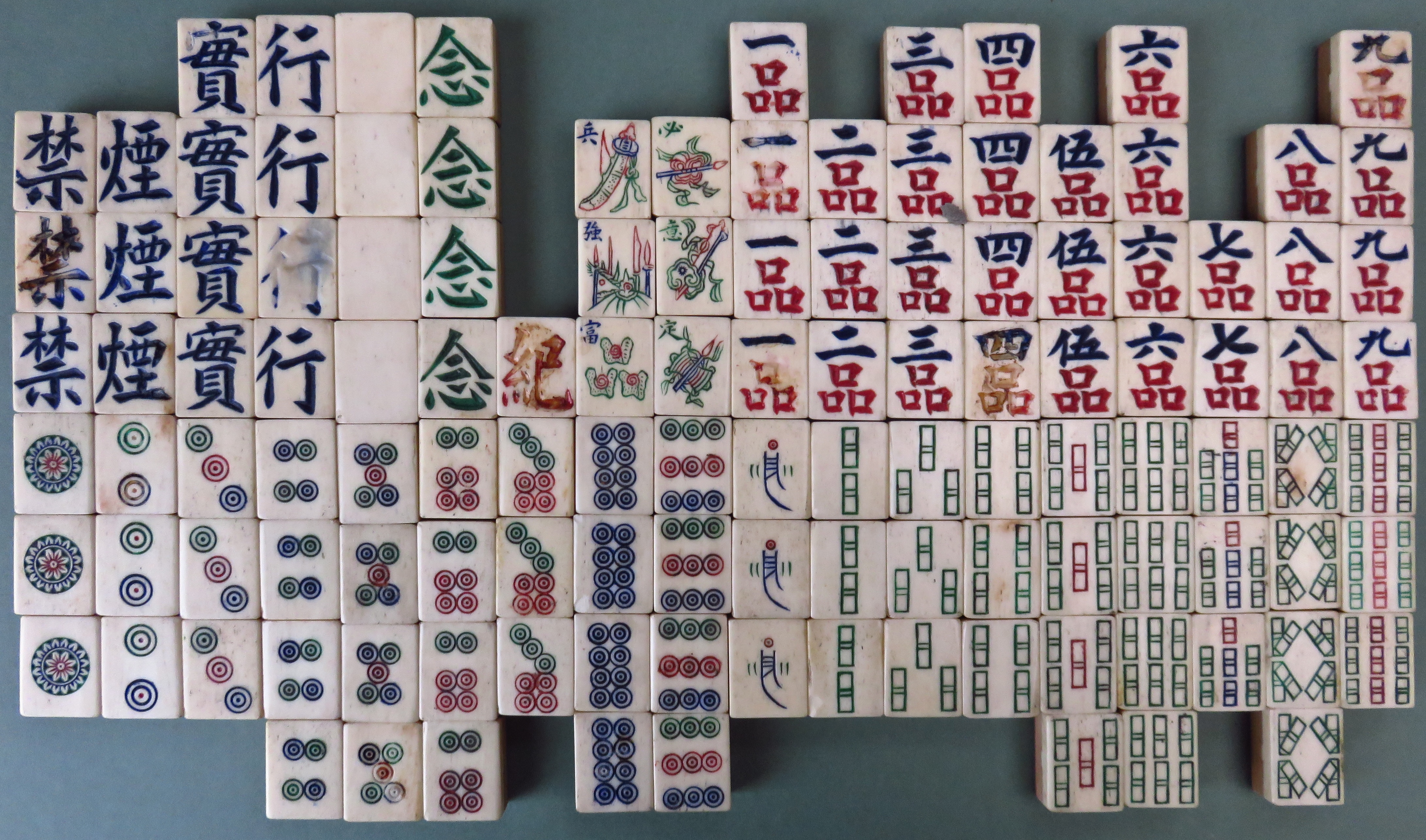 Figure 6. ‘Fujian’ or ‘Haibara’ Pattern is shown in this partial set. Previously in the author’s collection.
Figure 6. ‘Fujian’ or ‘Haibara’ Pattern is shown in this partial set. Previously in the author’s collection.Once again there is a socio-political message to be found on the alternative Directons/Winds and ‘Dragons’ tiles (Figure 7).
 Figure 7. Close-up of the large and deeply engraved alternative sinograms from Figure 6.
Figure 7. Close-up of the large and deeply engraved alternative sinograms from Figure 6.From left to right, 實行禁煙, shí xíng jìn yān, literally “implement”, “ban”, “smoke/opium” or “to implement a ban on opium smoking and the opium trade”. The red ‘Dragon’ is 紀, and together with the green ‘Dragon’, 念, the two mean “to commemorate”, 紀念 jìniàn. Taken together we have “commemorate the implementation of a ban on the opium trade”.
A full restoration of this partial set was completed by the restorer Tony Watson for the current owner of the set, Bill Price. The complete restoration is shown below, together with close-up pictures of the groups, showing the deep engravings;
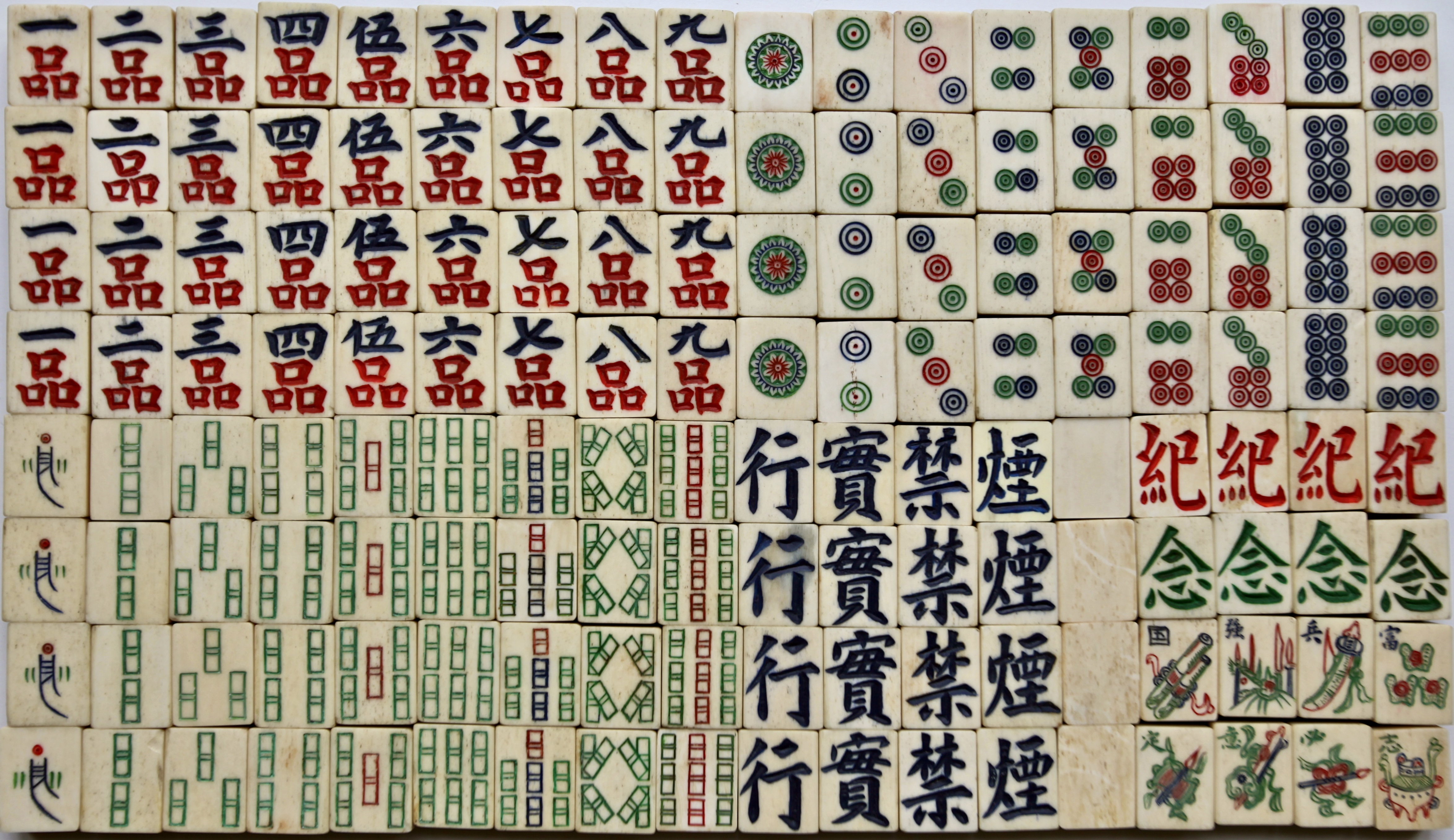 Figure 8. Full restoration of the partial set shown in Figure 6 by restorer Tony Watson for the current owner, Bill Price.
Figure 8. Full restoration of the partial set shown in Figure 6 by restorer Tony Watson for the current owner, Bill Price.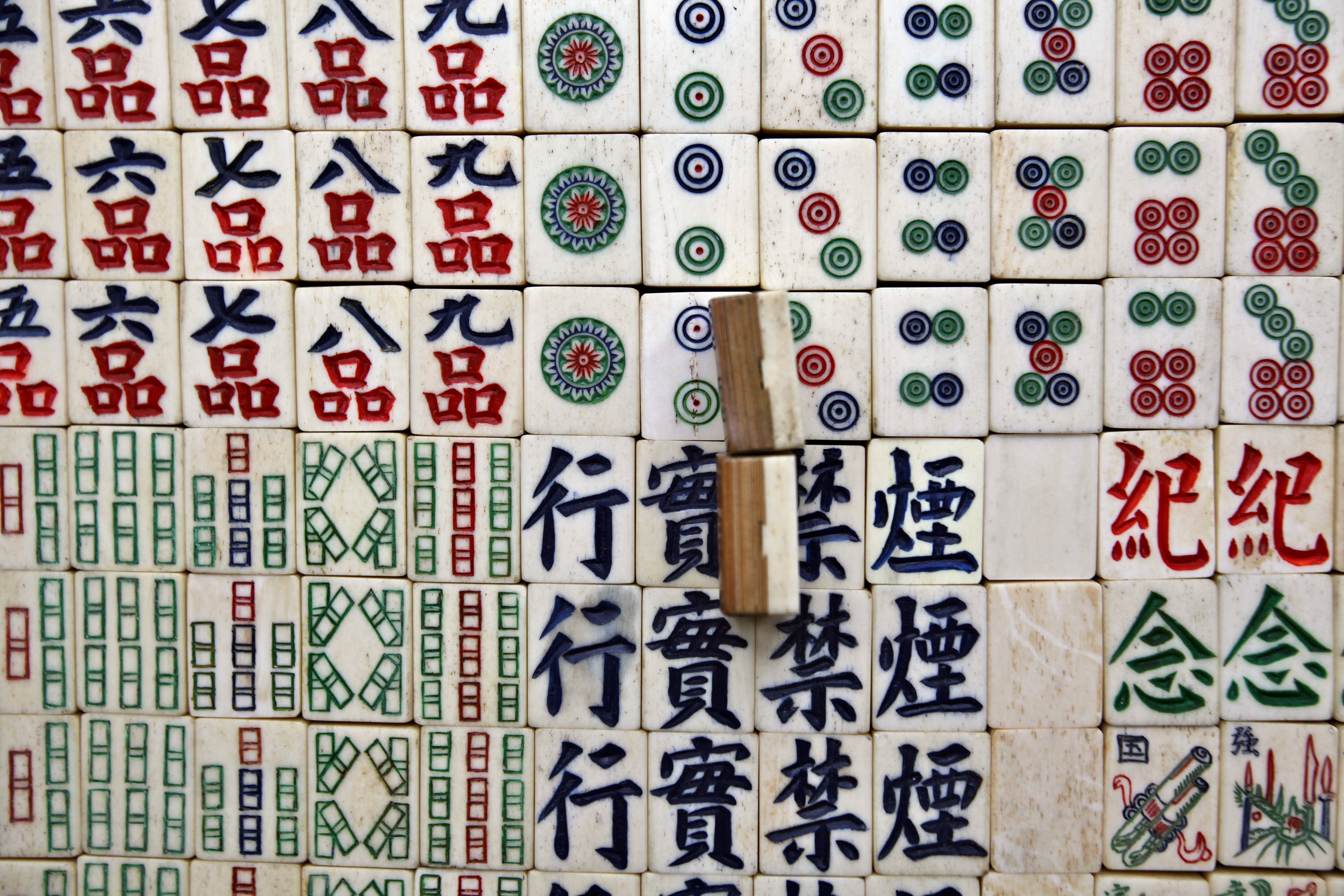 Figure 9. Close-up of tiles with view of dovetails on two tiles.
Figure 9. Close-up of tiles with view of dovetails on two tiles.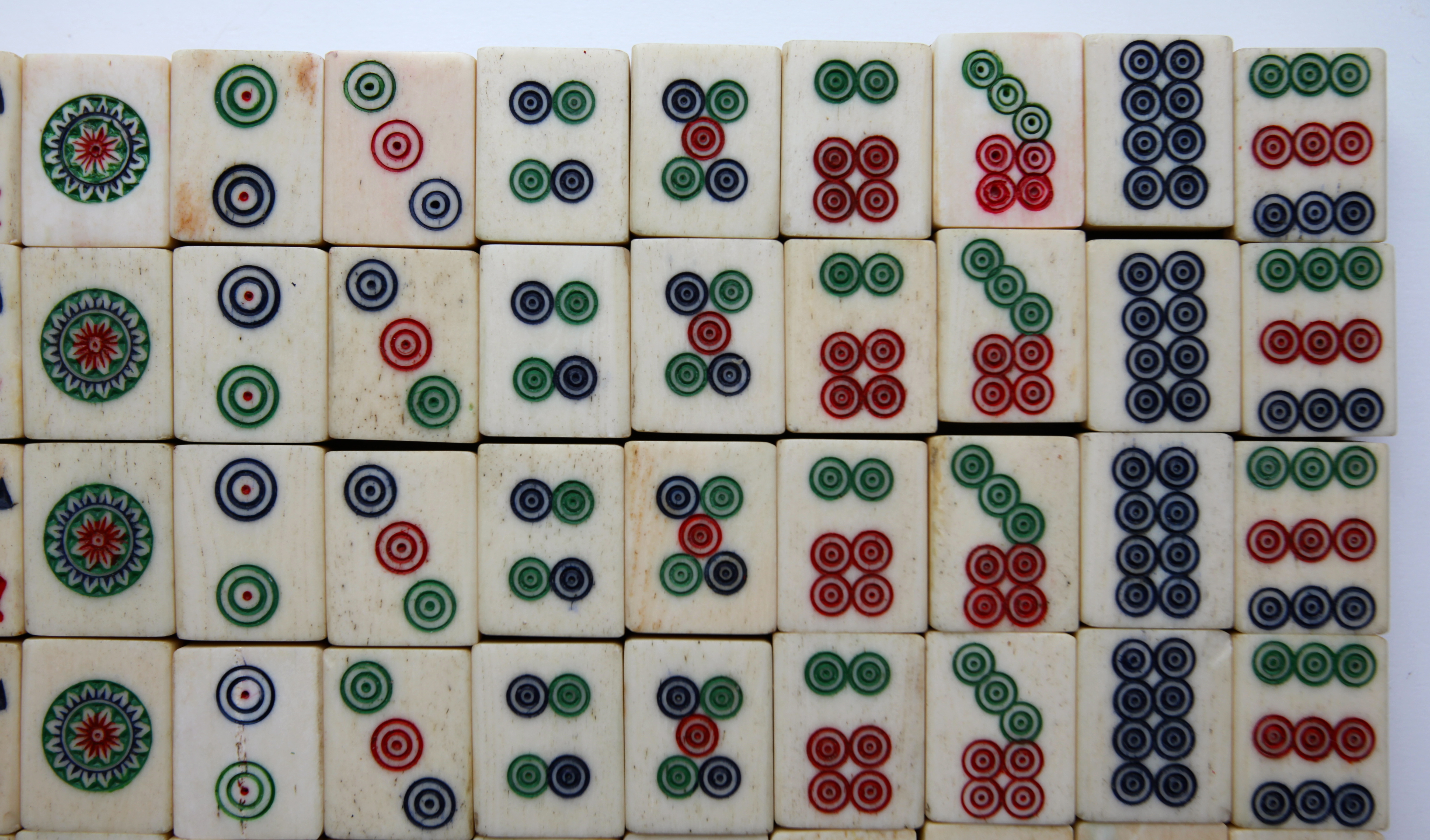 Figure 10. Close-up of the ‘Circles’ (formally Cash) suit.
Figure 10. Close-up of the ‘Circles’ (formally Cash) suit.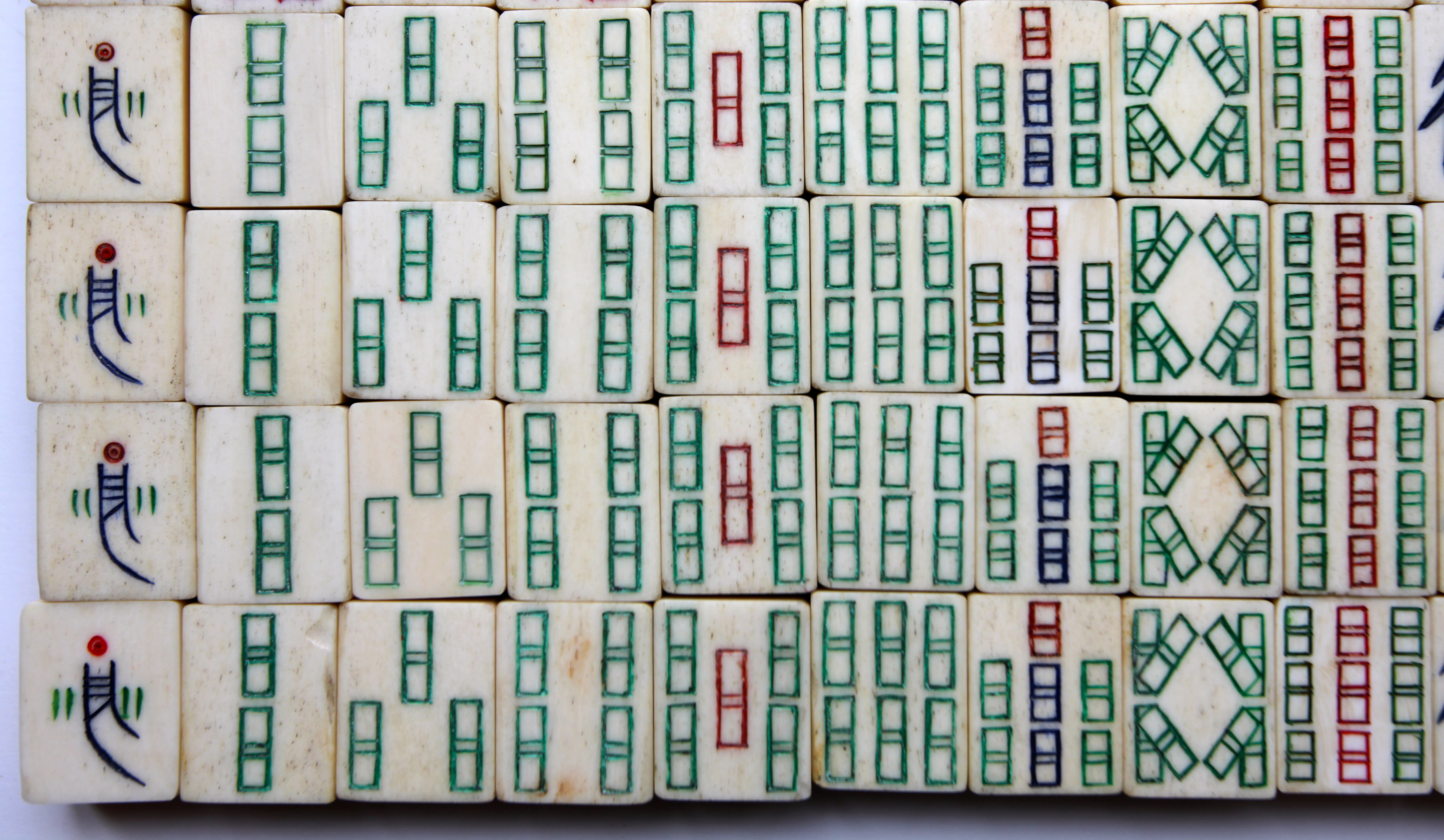 Figure 11. Partial close-up of the ‘Bamboos’ suit (formally the Strings of Cash suit).
Figure 11. Partial close-up of the ‘Bamboos’ suit (formally the Strings of Cash suit). Figure 12. Close-up of the full Ranks suit (and alternative to the Myriads of Cash suit).
Figure 12. Close-up of the full Ranks suit (and alternative to the Myriads of Cash suit).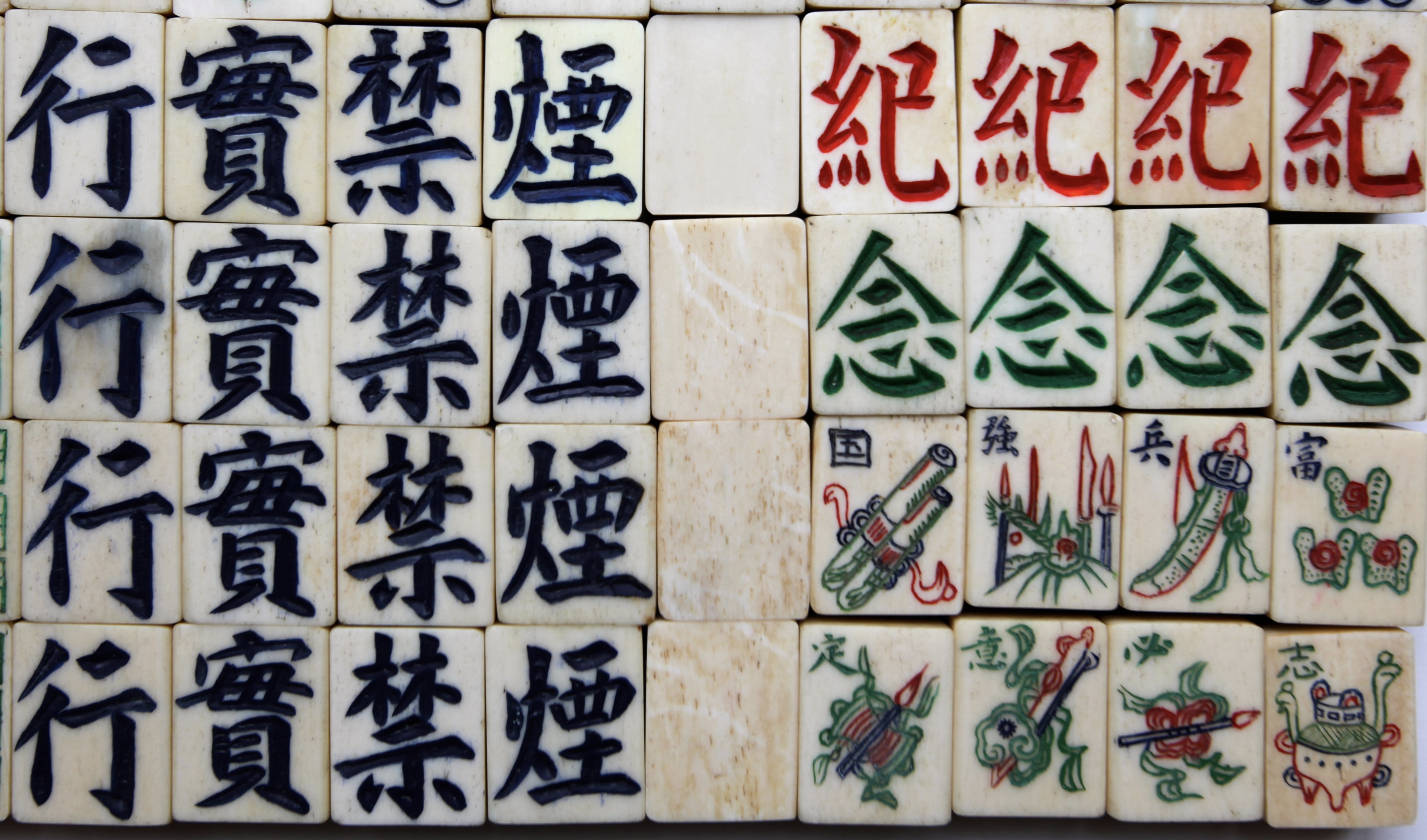 Figure 13. Close-up of the full alternative groups in place of the Winds and ‘Dragons’. Also showing the alternative to the Flowers and Seasons quartets.
Figure 13. Close-up of the full alternative groups in place of the Winds and ‘Dragons’. Also showing the alternative to the Flowers and Seasons quartets.
From the evidence so far acquired, it is clear the ‘Haibara’ or ‘Fujian’ Pattern may have originated in a manufacturing center in Fujian Province, most likely in the Treaty Port of Fuzhou. Fuzhou was also the origin of two of the earliest tile sets collected by George Glover in 1875 and were presented in The Playing-card, 2004. The Haibara Pattern was also a vector for the expression of socio-political sentiments that were important to particular sections of Chinese society during the 1920s/30s.
Ebashi, Takashi, ‘Proto Mahjong Tiles in the 19th Century’. In: Mahjong Museum Report, Vol. 5, No. 2, Issue 9, April 1, 2005, pp.14-17 (in Japanese).
Ebashi, Takashi, ‘Proto Mahjong Tiles in the 19th Century’. In: Mahjong Museum Report, Vol. 5, No. 3, Issue 10, July 1, 2005, pp.14-17 (in Japanese).
Ebashi, Takashi, ‘Proto Mahjong Tiles in the 19th Century’. In: Mahjong Museum Report, Vol. 5, No. 4, Issue 11, October 1, 2005, pp.14-17 (in Japanese).
History and Culture of Mahjong. Hardcover. Takeshobo, September 2005. ISBN: 4- 8124-2365-1. (in Japanese with English captions).
Mah-Jongg Museum Big Encyclopedia. Softcover. Edited by the Mah-Jongg Museum. Takeshobo, April 1999. ISBN 4-8124-0473-8. (in Japanese with English translation).
Shigeki, Haibara, Mahjong Information in Detail. Revised edition. Shunyo-do, 1931.
Stanwick, Michael, ‘Mahjong(g) Before Mahjong(g): Part 2’ . In: The Playing-card Vol. 32, No.5, 2004, pp. 206-215.